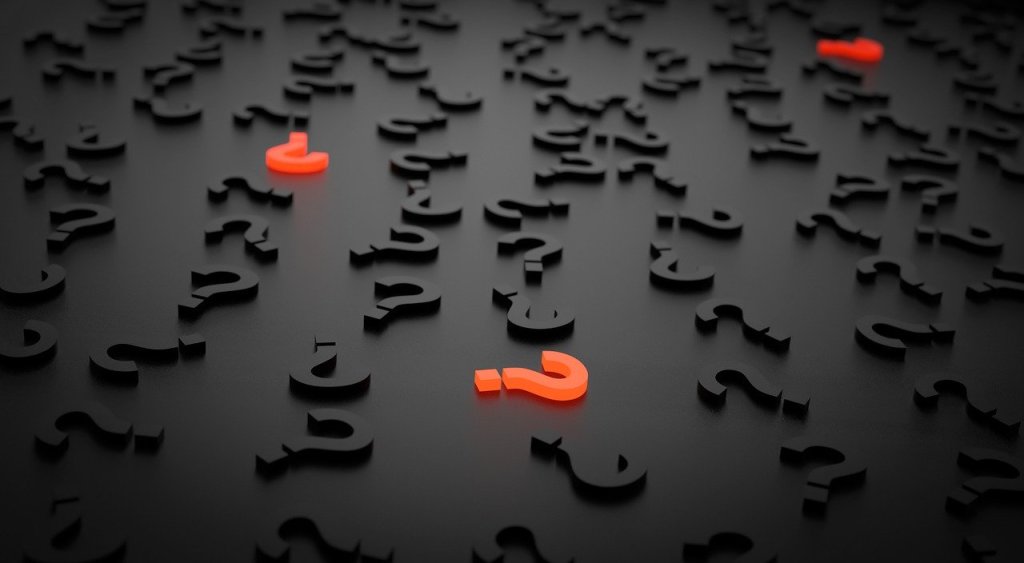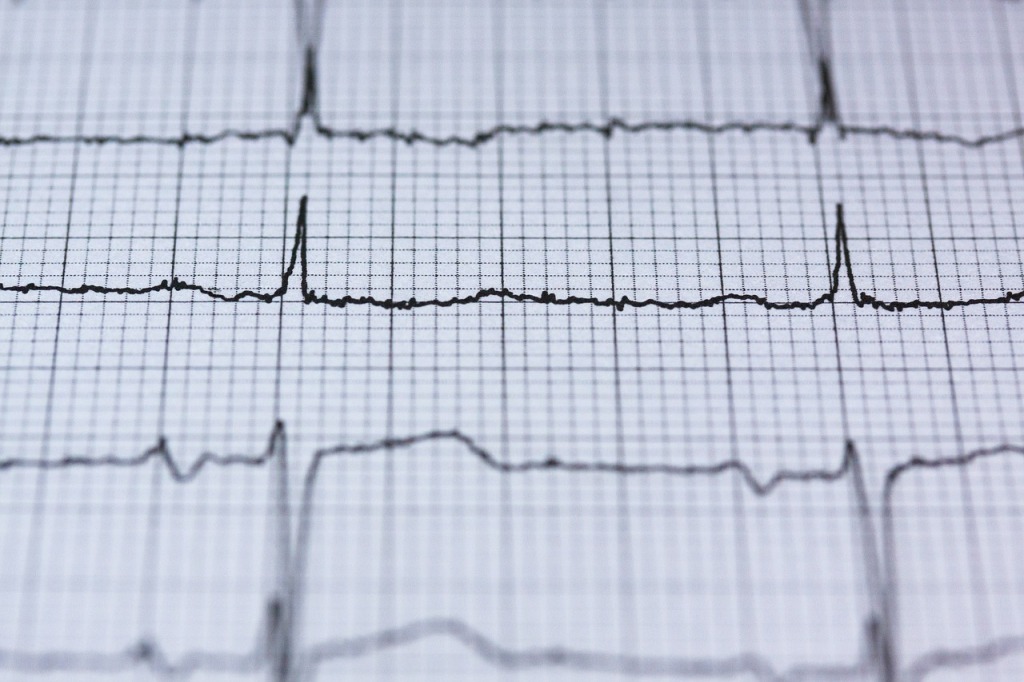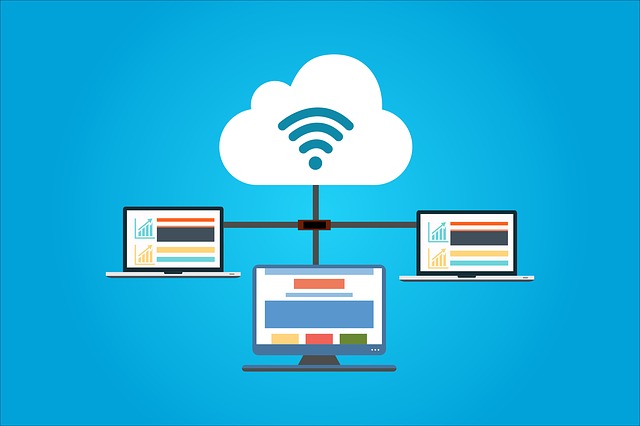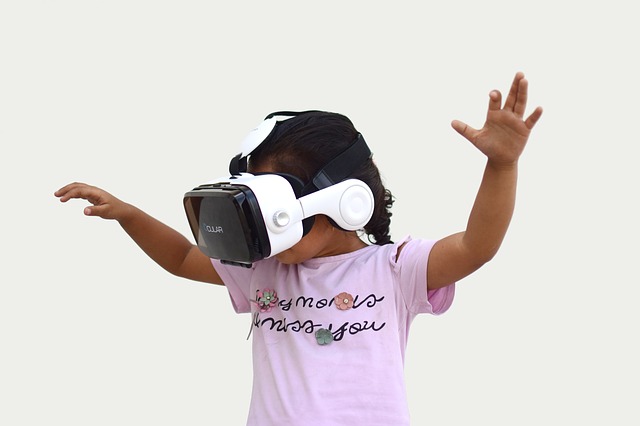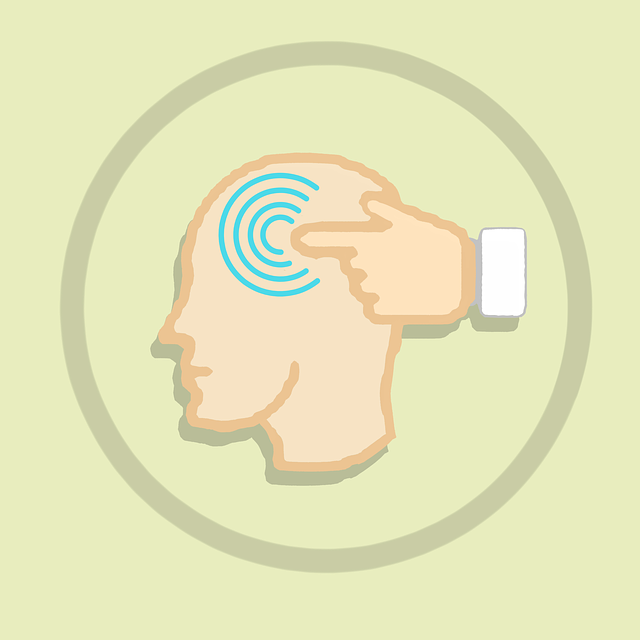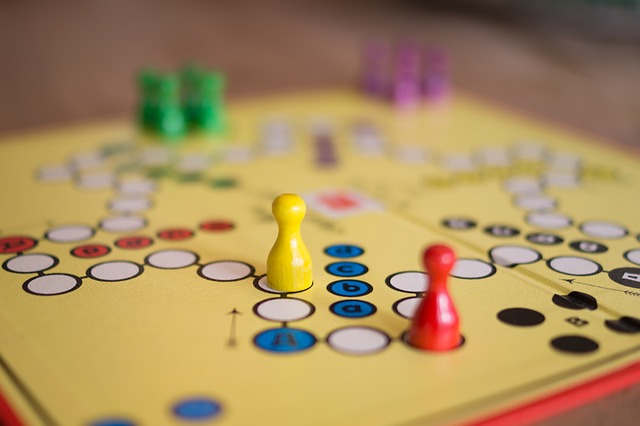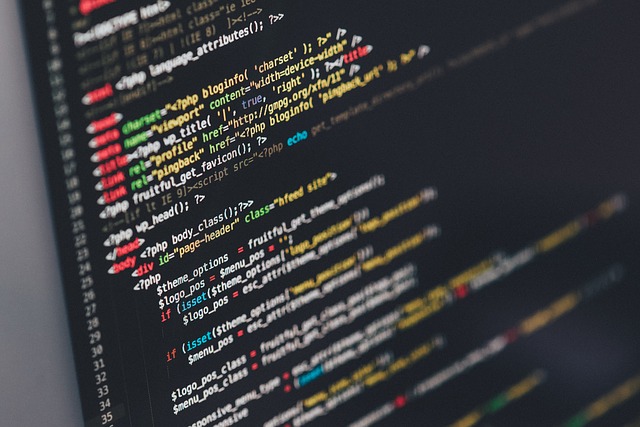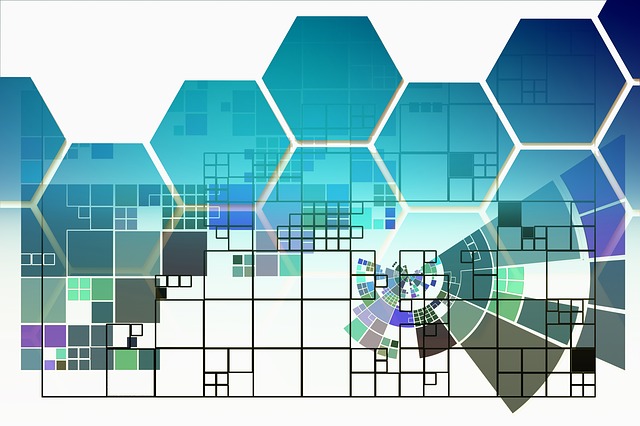A Review of Oral Proceedings for G1/19
On 15 July 2020, the European Patent Office (the “EPO”) held Oral Proceedings for the pending G1/19 referral to the Enlarged Board of Appeal. Although no decision was reached by the Enlarged Board, they indicated their preliminary opinion on the referred questions and gave the Appellant and the EPO a chance to present arguments.
As a potential first, the Oral Proceedings were live-streamed due to the Covid-19 restrictions, which meant that those at home or in the office could attend. About 1600 had registered beforehand to view.

Question Under Consideration
The Enlarged Board is basically considering the question: can you patent (computer) simulations in Europe?
The questions are referred from T0489/14. This is a Board of Appeal case where the subject matter related to the simulated movement of pedestrians through a building. The initial referral was covered in this blogpost: G1/19 – Enlarged Board of Appeal to Consider the Matrix.
One of the issues thrown up by the appeal case is the status of T1227/05. The Board in T0489/14 were inclined to find that the pedestrian movement claim lacked inventive step, but felt this would conflict with T1227/05, which found that a claim to simulating noise when designing chips was patentable.
For reference for the discussion below, I will briefly repeat the referred questions, using the numbering convention of the Enlarged Board:
1. In the assessment of inventive step, can the computer-implemented simulation of a technical system or process solve a technical problem by producing a technical effect which goes beyond the simulation’s implementation on a computer, if the computer-implemented simulation is claimed as such?
2. a) If the answer to the first question is yes, what are the relevant criteria for assessing whether a computer-implemented simulation claimed as such solves a technical problem?
2. b) In particular, is it a sufficient condition that the simulation is based, at least in part, on technical principles underlying the simulated system or process?
3) What are the answers to the first and second questions if the computer-implemented simulation is claimed as part of a design process, in particular for verifying a design?
Quick Initial Answers
Below I set out some of the points that were raised during the Oral Proceedings. However, if you are looking for the quick outcomes I will indulge you.
Can you patent (computer) simulations in Europe? The answer so far appears to be “yes” – the discussion suggests that simulations are to be treated as per any other computer-implemented invention.
Referred Q1: Yes – basically as set out above.
Referred Q2a): Side-stepped by a likely finding of inadmissible.
Referred Q2b): No – something more than technical principles is required – likely a technical effect and a solution to a technical problem as per conventional computer-implemented inventions.
Referred Q3): The form of the claim does not matter.
We will need to wait for the final decision of the Enlarged Board to confirm these initial indications, and it is not impossible for their position to change after having considered the presentations in Oral Proceedings.
Amicus Curaie
Since the initial referral, 23 amicus curiae briefs have been filed. These can be read here.
Initial Enlarged Board of Appeal Opinion
On 22 June 2020, the Enlarged Board issued an initial communication that set out some of their thinking (see the first 22.06.2020 entry here). In particular, the communication set out a number of questions that the Enlarged Board felt had been raised by the referral.
Firstly, the board considered numerical simulations that have no direct link to physical reality, such as a change in or a measurement of a physical entity. They summarised two approaches as presented in the amicus curaie:
- A technical system or process is simulated in a manner which sufficiently corresponds to the behaviour of the real system or process – in this case “virtual” or “potential” technical effects may be considered like “real” technical effects when applying COMVIK.
- The numerical result of a simulation serves a technical purpose. This matches the decision in T1227/05, where the subject matter was patentable as it was directed to a tool for circuit design.
It was mentioned that technical considerations and/or the technical skills of the relevant skilled person could provide guidance as to what was patentable.
The Enlarged Board then set out a number of questions for discussion at oral proceedings:
- Can COMVIK be used for computer simulation? [Possibly rhetorical.]
- If we assume COMVIK can be applied:
- Can “potential” or “virtual” technical effects be treated as “real” technical effects?
- How do “mental acts” and “discoveries, scientific theories and mathematical methods”, as set out in Article 52(2)(a) and (c), interact with simulations?
- Does the technical purpose need to be in the claim? [Possibly rhetorical.]
- Is there a difference between simulations based on “human behaviour or activities” and simulations based on “natural phenomena”?
We will look again at the answers to these at the end of this post.
Admissibility
The good news is that the Enlarged Board indicated (unofficially) that the referral was admissible, mostly.
The Enlarged Board appeared happy with the admissibility of questions 1), 2b) and 3). They did, however, have reservations about the admissibility of question 2a). Questions 1), 2b) and 3) can mostly be answered with simple “yes/no” responses, whereas question 2a) asks for a “list of criteria”. It seems the Enlarged Board are (maybe wisely) side-stepping those criteria.
The EPO was of the opinion that all the questions were admissible, as both of the two alternatives set out in Article 112 EPC are met: there is a question of the uniform application of law via the purported deviation of T1227/05 and the issue is of fundamental importance as it may affect the ever-growing fields of machine learning and artificial intelligence.
Deviation from T1227/05
The Enlarged Board also gave a hint as to their thinking on any potential “non-uniform” application of the law based on T1227/05. They noted that there may not be as much deviation as initially suggested. They believe that T1227/05 does not provide blanket support for the patentability of simulation methods. Within their discussion of “functional technical features” it is inferred there is support for both the finding that a claim to a simulation may have technical features and the finding that a claim to a simulation may lack technical features. The EPO’s representative also indicated that there were some initial versions of the claims in T1227/05 that were subsequently withdrawn that were found not to provide an inventive step.
Dynamic Patentability & COMVIK
Although now rather old-hat, it was nice to see confirmation that the EPO and practitioners are generally happy with the way patentability is assessed for computer-implemented inventions. The present approach, based on COMVIK, is stable and stands up well when applied to deep learning inventions. This field hardly existed as a field of technology a decade ago but now makes up a substantial part of many inventions in both traditional and non-traditional engineering areas. It is better to define “technical” dynamically via the case law as what is an “invention” changes with time.
Indeed, “simulation” appears to have touched a nerve with the EPO and the filers of the amicus curiae briefs – it’s a Trojan horse for wider questions raised by machine learning and modern numerical methods. Most want these forms of inventions and methods to be protectable.
With one eye on the future, I was also please that the EPO implied that a link to direct measurement or physical reality was possibly not needed. The EPO stressed that the trend is towards increasing digitalisation, and an increased blurring of the line between real and simulated. Problems may be avoided if the EPO approach sticks to the key issue of whether a technical problem is solved and whether there is a technical purpose.
COMVIK also confirms that the mere fact that a feature relates to a specifically excluded field does not mean it cannot provide a technical effect. It may provide a technical effect in the context of the whole invention if a technical problem solved.
“Technical Simulations”
Many discussions on patentable subject matter descend into a circular definition of the term “technical”. The EPO made some great points as to why this was needed (see the Dynamic Patentability section below) but also presented some possible routes out of the maze.
One definition from the EPO that I liked was that a “technical” simulation is a “useful” simulation. This was then deemed to require an accurate and realistic model of a technical system that provides useful design information to an engineer. Such a simulation would include “technical considerations” if it reflected (at least) in part technical attributes of the simulated system.
The EPO also suggested that one condition for a “technical” simulation is that it needs to directly provide technical data as opposed to more generic “data” that needs to be further analysed by a user to derive technical data. It provides an option to find that general pedestrian modelling lacks suitable technical features as it does not provide concrete parameters that are useable for building design. But it does raise the suggestion that a claim may be patentable if specific building parameters were provided as an output.
The Appellant raised a good counterpoint – that sometime negative determinations from a simulation are technically useful. For example, if the simulation says not to build a particular chip or building, surely these negative decisions are as important as active positive decisions?
One suggestion for sufficient conditions as per question 2 from the EPO was that the object of the simulation was limited to a technical system and that the output of the simulation provides technical information relating to that technical system. Cases where these conditions are met may be easier to deem sufficiently “technical”. If is found that it is not a sufficient condition that the simulation is based, at least in part, on technical principles underlying the simulated system or process, then another condition could be that the output relates to technical properties of the system that is simulated, e.g. parameters relating to the performance of the simulated system.
The problem then mainly arises for more generic claims to simulations of “technical systems” without any clear technical output relating to the system being modelled. It was suggested that this requires more consideration of “technical purpose” and that this “technical purpose” needed to be present in the claim.
“Technical Purpose”
The concept of “technical purpose” came up a lot in discussions, and formed a core part of the Appellant’s arguments.
The basic premise was that if a simulation method had a “technical purpose” it could be patentable. The Appellant offered the concept of “technical purpose” as a way out of the difficulty of defining “physical entities” within “physical realities”. They stressed that a simulation is a tool and that we should look at purpose of that tool.
I am not sure the Enlarged Board will be happy going too far down this path.
For example, how do you reconcile a “technical purpose” argument with later infringement? It seems silly to need to rely on a separate nebulous concept when deciding whether a claim infringes. It would thus seem necessary to include any “technical purpose” within the claim, ideally as clear limitations on the claim. In this case, can you not just look at the claim language rather than requiring an external concept. For example, if a claim is directed to “modelling a building design” and comprises a “model of a building”, you can talk about a “technical purpose” of “building design”.
Later the Appellant raised an example of weather simulation. This is generally deemed to be non-patentable as you cannot control the weather. However, if you have a blind control system that uses a weather simulation, this appears patentable. The Appellant tried to link this to the “technical purpose” arguments. However, it seems more to indicate that the field needs to be defined in the claim – the general weather simulation is not patentable but use of the same in a field of technology is patentable. This kind of argument basically shifts the focus: is the field of building design suitably technical? This is the million-dollar question all parties appeared to be ducking.
“Potential” and “Virtual” Effects
The EPO provided the best (and only) definition of “potential” and “virtual” effects, which arose in the communication from the Enlarged Board.
A “potential” technical effect was deemed to be an effect that occurs via use of the invention.
A “virtual” technical effect was deemed to be an effect that is achieved in a computer, where the effect corresponds to an effect that would be seen if the modelled process was happening in the real world.
This can get complicated because computer program product claims can be said to provide a potential technical effect – in themselves they do not provide the technical effect but when the computer program is executed the technical effect is provided. The EPO rightly says we need to park this interpretation and not get into repeated ground from earlier G decisions. The conclusion in general is that there needs to be a concrete technical effect, but this can occur as it occurs for computer program claims.
Another interpretation of “potential” technical effects is that these relate to the Appellant’s teleological effects, i.e. they are effects that arise when the simulation is used for its technical purpose. However, this also raises difficulties, so we will see if the Enlarged Board quietly drop this language, or at least stress that we are looking for a concrete technical effect within the claim as we would for a computer program claim.
With regard to “virtual” technical effects, the EPO was of the opinion that, generally, a virtual technical effect does not solve a technical problem of itself. However, the “virtual” technical effect may be further used to provide a concrete technical effect.
An example was provided that covered direct and indirect measurements. With indirect measurements we may take raw data and compute a quantity rather than explicitly measuring it. For example, the quantity may be an estimate of a physical variable that is not measured directly but that is computed from other measurements or data. In this case, the “virtual” technical effect may be deemed to relate to the “virtual” measurement. Another example of a “virtual” technical effect provided by the EPO was the use of “virtual sensors” or “digital twins”. In this case, you may have an indirect measurement in parallel with a direct measurement.
It seemed to be implied that a further step was needed that included the use of the indirect measurements to solve a concrete technical problem for patentability, but in other cases it seemed implied that the indirect measurement itself could be patentable. We will have to see what the Enlarged Board say about this.
Aircraft Wind Tunnel Simulations
Both the EPO and the Appellant provided an example of a virtual wind tunnel. The EPO discussed how simulations of wind tunnels may be used instead of real wind tunnels to estimate and test aeronautical properties of aircraft wings. It was indicated by the EPO that a new experiment design for the testing of aircraft wings would be patentable, subject to the other requirements of novelty and inventive step, regardless of whether it was a physical or virtual experiment. Both virtual and concrete experiment designs were deemed alternative solutions to the same technical problem – and both should be patentable. This was also echoed by the Appellant who indicated it was the technical effect or technical purpose, rather than the form of the method, that mattered.
“Natural Processes” vs “Human Activities”
Within the discussions, following the questions in the communication from the Enlarged Board, a distinction between “natural processes” and “human activities” was made. Unfortunately, we got no further than an indication that this distinction may be important.
The implied tone appeared to be that “human activities” may be more likely to fall within the excluded subject matter of Article 52(2) EPC and so not be able to contribute to an inventive step in themselves. The EPO provided an example of a simulation of human agents in an online auction (a nod to T0258/03 for the fans) – while it was implied that these simulations per se may not be patentable, it was also implied that a larger claim that includes these simulation may not be unpatentable, as long as the claim solved a technical problem or had a technical purpose.
For me, the discussions of “human activities” had echoes of the “cognitive effects” discussed in the case law – stuff that relies on conscious activity within the human brain is normally assumed not to provide an inventive step.
The EPO though raised the interesting counterexample of ray tracing and rendering. This is a detailed and necessarily accurate modelling of physical or natural phenomena but where the technical effect has a perceptual aspect – the aim is to provide a lifelike rendering of an object, even though that object does not exist. I was impressed that this was explicitly raised, as it shows the Enlarged Board need to be careful of relying on an explicit link to actual physical objects or systems, or effects that exclude human minds.
This divide between “natural processes” and “human activities” has the potential to throw up many traps for the unwary. For example, when considering “physical activity”, i.e. actions in the world, where do you draw the line between “natural processes” and “human activities”? This is a key question for the present facts, as pedestrians can be considered both a human undertaking an activity and as an object within three-dimensional space.
Mental Acts, Scientific Discoveries & Mathematical Methods
We are generally taught that the exclusions of Article 52(2) EPC are equal in kind, so it was interesting to see the EPO submit that some exclusions are more exclusive than others and that the practice for considering certain “non-inventions” may differ according to the type of “non-invention”.
For example, “schemes, rules and methods for playing games or doing business” are relatively easy to evaluate – if certain claims features are deemed to relate to these exclusions then they cannot provide an inventive step and you cannot obtain a patent for a business method by just performing it on a computer. However, “discoveries, scientific theories and mathematical methods” and “schemes, rules and methods for performing mental acts” may be harder to disentangle – most inventions begin as “mental acts” and use “discoveries, scientific theories and mathematical methods”. In these latter cases, it is more important to look at the technical considerations and the technical problem that is being solved.
Examples of “features” that may be found in simulation claims include: the algorithms used, the models used, the computer-implementation, what is being modelled, and the purpose of the simulation. In this list, the EPO were of the opinion that “models” were most similar to excluded “mental acts”; however, in a simulation method, the “model” often serves a purpose. If this purpose is technical then the claim may be patentable.
It was also noted that machine learning models avoid the need for models that incorporate (directly) technical principles – they are just trained – but these appear to be valid alternative solutions and so should not be excluded from patentability.
In certain cases, claims that appeared on the surface to be “mental acts”, i.e. that could be performed mentally, could involve technical considerations and may be replicating physical experiments & measurements. For example, they may form a new experiment design for building aircraft wings. The EPO thought that applying the “paper & pencil” test (i.e. it is not patentable if you can do it with pen and paper) was not conclusive and was trumped if a technical solution could be demonstrated.
This also nicely fits in with the reason why “scientific discoveries” are excluded – they lack a “technical purpose” or fail to provide a “technical solution”.
Practitioners will be interested to here that the EPO appeared to allow for more leeway for claims based on (but not exclusively to) “mental acts”, “mathematical methods”, “scientific theories” that concretely solve a technical problem, e.g. as compared to “business methods”.
Civil Engineering Bias?
Civil engineering is an interesting field as there is often a bias against it. For example, patent people much prefer chemistry or hard-core electronics and often feel uncomfortable with the fringes of “technology” where category definitions are “fuzzier”.
A subtext that runs through the referral, but that no-one is brave enough to tackle head on, is a question as to the “technical” nature of civil engineering; put bluntly, is civil engineering “technical” enough?
This is where you have the potential problem with T1227/05 – this case is in a comfortably “hard” engineering field – circuit design. Without some legal gymnastics, if your gut feeling is that the claim in T0489/14 is not patentable, you seem to be saying that “noise in circuits” is a suitable “physical reality” for “technical” character but “people in a building” is not.
Of course, the irony behind this queasiness for softer fields is that the maths behind “noise” or “people” modelling is often the same! For example, differential equations, finite methods and/or digital approximations may be used for both cases. So the only difference is the use case (circuit vs building).
Question 3 – Do You Need Any Special Claim Form?
This question was looked at in two ways: first, in the narrow manner of the question – what if the the claim is part of a (wider) design process, e.g. for verifying a design – and second, in a wider sense of whether you needed any steps before or after the “simulation” part of the claim to aid patentability.
In the second case, options that are familiar from the case law in the UK and US include a preceding step relating to an explicit “measurement” of a real-world environment and a following “control” or “material production” step that sets out an explicit use of the simulation. Although no firm decisions were made, the general tone appeared to be that neither of these steps needed to be provided, and that a claim to the core of the simulation may be considered on its own. Both the Enlarged Board and the EPO indicated they were happy with the current practice applied to computer-implemented methods. This appears good news for applicants – the “measurement” and “control” steps introduce complications for infringement, especially for server-based methods where different parties may perform different ones of these additional steps.
The EPO did raise an additional point regarding the third question – if the simulation claim as such does not meet the sufficient condition(s) required by the answer to question 2b), would embedding that claim in a wider claim (e.g. to visualisation to assist a user) fulfill the sufficient condition(s)?
Revisiting the Enlarged Board’s Questions
To finish we can look back at the questions asked by the Enlarged Board in their communication of 22 June 2020 and begin to see some answers forming.
- Can COMVIK be used for computer simulation?
- Appears to be “yes”.
- If we assume COMVIK can be applied:
- Can “potential” or “virtual” technical effects be treated as “real” technical effects?
- “No” – something more appears to be needed.
- How do “mental acts” and “discoveries, scientific theories and mathematical methods”, as set out in Article 52(2)(a) and (c), interact with simulations?
- They may be present and care should be taken not to dismiss the claim just because they are present.
- A different approach to “business methods” may be necessary.
- Again, what matters is not their presence but that it can be demonstrated that a technical problem is being solved using the simulation (and maybe the simulation provides a technical effect beyond the technical effect of the simulation per se).
- Does the technical purpose need to be in the claim?
- Implied “Yes” – although not really discussed directly.
- Can “potential” or “virtual” technical effects be treated as “real” technical effects?
- Is there a difference between simulations based on “human behaviour or activities” and simulations based on “natural phenomena”?
- Implied – “Yes” – the former requiring use within a claim to provide a technical effect (over and above the simulation per se); the latter possibly providing a technical effect more as-is – but requiring some form of ultimate technical aim, effect or purpose.
Again, we will see for sure how this translates into the decision of the Enlarged Board in due course. See you next time for that!

